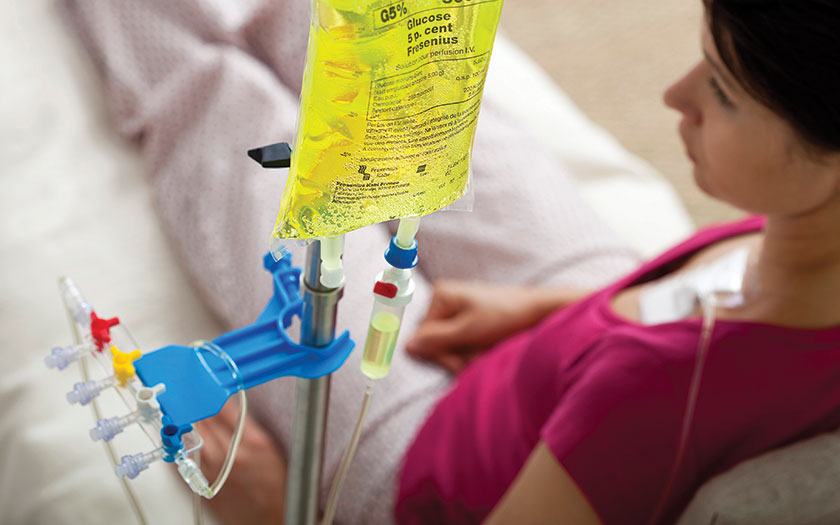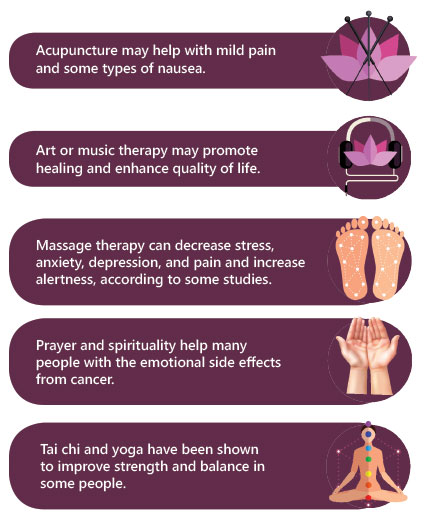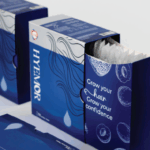The terms “alternative,” “complementary,” and “lifestyle” medicine are used to describe many kinds of products, practices, and treatments that are not part of standard or traditional medicine.
Alternative therapy refers to non-standard treatment used in place of standard treatment, while complementary therapy usually means methods used along with standard treatment. Lifestyle medicine is a newer field that describes its approach as preventing and treating illness through healthy eating, physical activity, and other healthy behaviours without the use of medicine.
In some cases, complementary methods can help cancer patients feel better when used alongside standard treatment and with the advice of a healthcare provider to reduce the symptoms or side effects of cancer.
Alternative and complementary therapies are often appealing because they use your own body, your own mind, or things that may be found in nature. But sometimes these methods wrongly claim to prevent, diagnose, or treat cancer even when they have not been proven to work through scientific testing. For example, there is a concern that taking antioxidants (which includes vitamins A, C and E, and selenium) while having chemotherapy or radiotherapy could actually protect cancer cells from being damaged by the cancer treatment. There is not enough evidence to know whether antioxidants are helpful or harmful in this situation. We need more research to help us learn the best ways to use complementary therapies.
In the worst cases, some alternative or complementary therapies may be dangerous or even deadly. Some may also interfere with how standard cancer treatment works. If you’re thinking about using any non-traditional therapy, it’s important to first discuss it with your health care team.
How Complementary Medicine Can Be Helpful And Safe
Some complementary methods have been studied and shown to help people feel better while they’re undergoing standard cancer treatment under a doctor’s care. Examples might include meditation to reduce stress, peppermint or ginger tea for nausea, or guided imagery to help relieve stress and pain during medical procedures.
Many complementary treatments are unlikely to cause harm and won’t interfere with your cancer treatment.
Here are some examples:
It has been well established by increased genetic analysis of various cancers that each case of cancer is unique and that there are no two patients which would have identical targets for treatment. The common model of cancer treatment uses algorithms tied to tissue type and location of the cancer which divide treatment for patients based on it.
Warning signs
If you are thinking about using any method instead of standard evidence-based medical treatment, it is important to talk to your health care team first. And watch out for these warning signs:
- Be suspicious of any treatment that says it can cure cancer or other difficult-to-treat diseases (such as chronic fatigue, multiple sclerosis, AIDS, etc.). It’s important to remember that those claims have not been proven.
- Be suspicious of any treatment that claims to offer benefits with no side effects. Even herbs and vitamins have possible side effects. If the treatment is marketed as having no side effects, it has likely not been studied in rigorous clinical trials, where side effects would be seen.
- Be suspicious of promoters who attack the medical or scientific community or who tell you not to use standard or traditional medical treatment.
- Beware of treatments you can get in only one clinic, especially if that clinic is in a country with patient protection laws, that are not strict.
- Beware of terms such as “scientific breakthrough,” “miracle cure,” “secret ingredient,” or “ancient remedy.” Beware of personal stories that claim amazing results but provide no actual scientific evidence.
- Find out about the training and education of anyone supporting the treatment or using it to treat you. Find out if they are medical doctors and whether they are experts in cancer care or complementary medicines.
- Find out whether scientific studies or clinical trials have studied this treatment in people (not just animals), and what side effects have been reported. Find out if the treatment could harm you or interact badly with your other medicines or supplements.
- Learn whether the findings have been published in trustworthy journals after being reviewed by other scientists who are experts in the same field, or if they have been promoted only in the mass media, such as books, magazines, the internet, TV, infomercials, and radio talk shows.
A Cancer Patient’s Experience
Q: When were you diagnosed with cancer? At what stage were you first informed?
A: I found out about the lump on my left breast one year ago. I suspected it was cancer so I sought Traditional Chinese Medicine (TCM) first, took their medicines but reaped no results.
When I went to consult Dr Malwinder at Sri Kota Specialist Medical Centre in March 2020, the cancer was already at stage 3.
Q: Where did you seek treatment first and why did you chose traditional over modern treatments?
A: I sought treatment first at one of the Traditional Chinese Medicine establishments nearby. I chose traditional treatment over modern because I wanted to try out a natural way of treatment. At the same time, after watching some YouTube videos, I was convinced that if I eat healthy, the lump will naturally disappear by itself.
Q: Why did you decide to switch treatment methods?
A: After 6 months, TCM method did not reduce the size of the lump. In fact, it grew even larger. – about 2cm in diameter. There was blood and other fluid flowing out of the lump, and the TCM practitioner claimed that it was a good sign and that the body is rejecting it. I had my doubts and decided to get a second opinion.
Q: What are the side effects and differences between both treatments?
A: I had undergone five chemotherapies so far. The first time was very painful, and my hair was falling off during the second week. I lost my appetite, and my body was aching all over. If someone touched me, it felt like I was going to bruise. Some nights I had a tough time trying to sleep because of the pain.
My second and third time were more bearable, maybe due to my body having adapted to it. But from the fourth time onwards, there was a change in the Chemo drug and the experience was even more unbearable. The pain elevated not just on the skin, but I felt it in my bones too. The pain lasted 7-8 days. Fifth time, the pain lasted a little shorter, about 4-5 days.
Obviously, cancer has affected many areas of my life. Because of my baldness, I am ashamed and reluctant to go out of the house, not to mention, performing outdoor exercises. So, I would do some light exercise and stretching at home.
Q: How is the current treatment you’re receiving helping you?
A: Dr Malwinder has recommended Chemotherapy treatment to shrink the lump first and surgery later to remove the cancer. According to him, it is not advisable to remove the cancer when it has spread to the muscle around my breast
Diet plays an important role. In Sri Kota Specialist Medical Centre, the Dietitian, Ms Tia, has recommended some supplementary food to fight the cancer cell eg: Nutren Optimum and Ensure.
The service and treatment has also been pleasing and satisfactory for me at Sri Kota Specialist Medical Centre.
Q: Please share your experience and advice for other patients seeking cancer treatments?
A: I advise anyone who is diagnosed with potential cancer to seek treatment as soon as possible. Be brave, don’t be afraid of treatment. I have medical insurance and I remind everybody to get it. It is important. Finally, don’t give up on your life.

Clinical (Medical & Radiation) Oncology,
Sri Kota Specialist Medical Centre

















